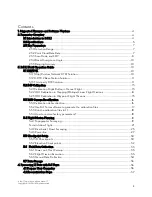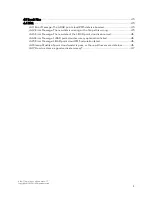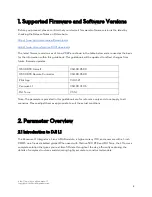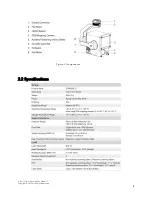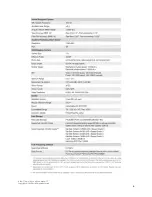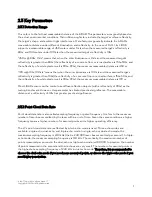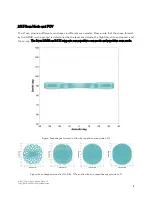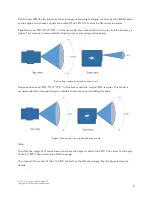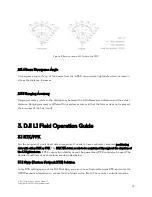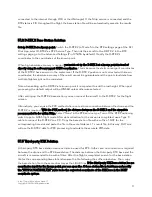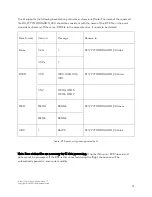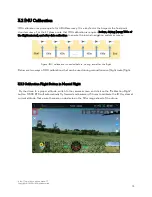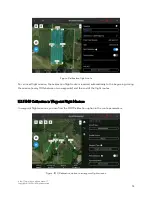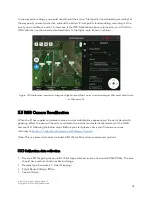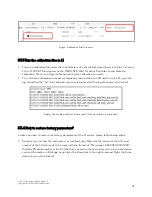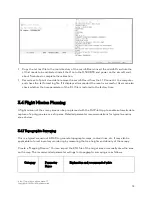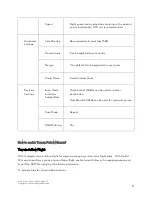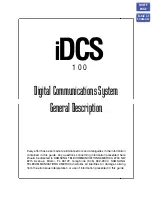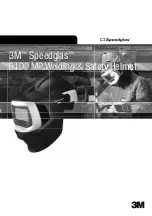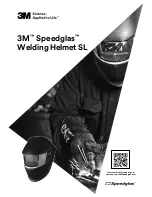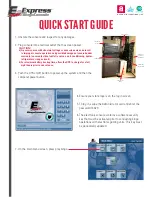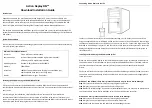
Copyright © 2022 DJI All Rights Reserved.
7
2.3 Key Parameters
2.3.1 Detection Range
This refers to the farthest measurable distance of the LiDAR. This parameter varies greatly based on
the actual environmental conditions. Main influencing factors include the target's surface reflectivity,
the target's shape, and ambient light interference. Manufacturers generally indicate the LiDAR's
measurable distance under different illumination and reflectivity. In the case of DJI L1, its LiDAR
supports a measurable range of 450 meters under 0 klx when the measured target's reflectivity is
80%, and 190 meters under 100 klx when the measured target's reflectivity is 10%.
"450 m @ 80%, 0 klx" means that, when the solar illuminance is 0 klx and the measured target's
reflectivity is greater than 80% (the reflectivity of a concrete floor or a road surface is 15%–30%, and
the reflectivity of a white plaster wall is 90%–99%), the maximum measurable distance is 450 m.
"190 m @ 10%, 100 klx" means that when the solar illuminance is 100 klx and the measured target's
reflectivity is greater than 10% (the reflectivity of a concrete floor or a road surface is 15%–30%, and
the reflectivity of a white plaster wall is 90%–99%), the maximum measurable distance is 190 m.
Most LiDAR sensors on the market use diffuse reflection objects (with a reflectivity of 90%) as the
testing benchmark. However, this parameter has limited practical significance. The measurable
distance at a reflectivity of 10% has greater practical significance.
2.3.2 Point Cloud Data Rate
Point cloud data rate is also called sampling frequency or pulse frequency. It refers to the maximum
number of laser beams emitted by the laser within a unit of time. Given the same conditions, a higher
frequency means a higher number of measured points and a higher operating efficiency.
The L1's point cloud data rate is affected by which echo mode is used. Three echo modes are
available: single-echo, dual-echo, and triple-echo mode. In single-echo or dual-echo mode, the
maximum sampling frequency is 240 kHz (that is, 240,000 laser beams emitted per second). In triple-
echo mode, the maximum sampling frequency is 160 kHz. Theoretically, the maximum number of
points measured per second in the dual-echo or triple-echo mode is 480,000. In practice, the number
of points measured in the second and third echoes are very small. The number of measured points is
the highest at a sampling frequency of 240 kHz in dual-echo mode. Therefore, it is recommended to
choose the dual-echo mode if you need more measured points, or choose the triple-echo mode if you
need higher penetration.


